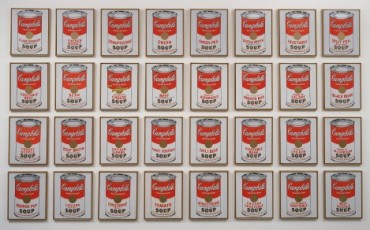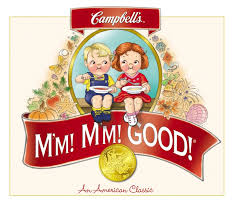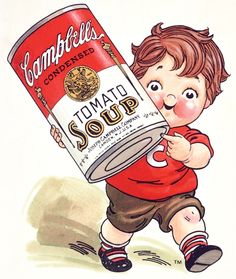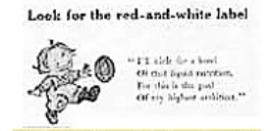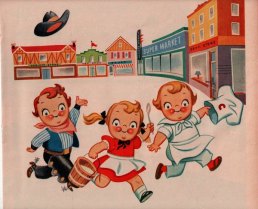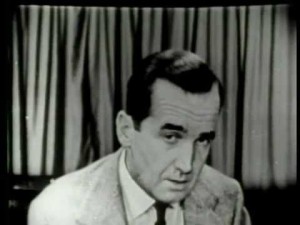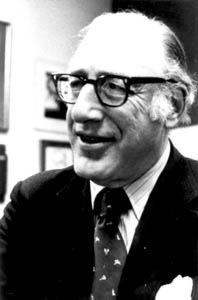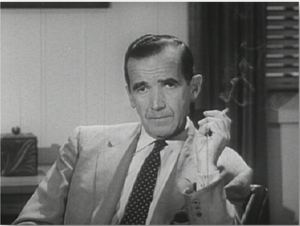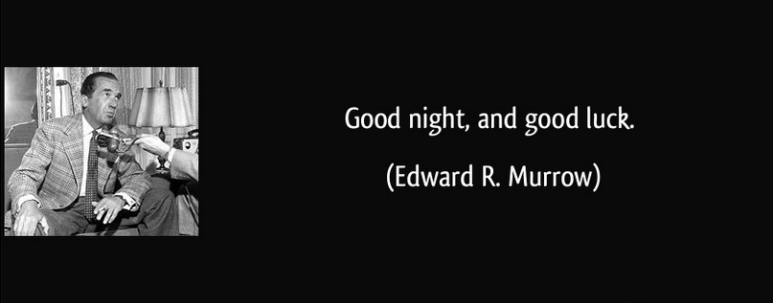

The Reason Why I Write This Post
It was Halloween last night, I had no plan except staying in bed to catch up on sleep. I treasured this only day of the week when I can skip the makeup (shame on me). Friends in Hong Kong went to Lam Kwai Fong (Hong Kong’s most popular nightlife area) for the Halloween street party, and social media was replete with spookily hilarious and sexy photos.

One of my friends in New York also sent me a photo of her and her boyfriend who were dressed as a sexy cop and a prisoner, respectively, for New York’s Village Halloween Parade. She uploaded this photo to social media, and within minutes she complained that she was pissed off at the comments she received. “Someone said it looked nothing like a Halloween costume but sexy lingerie instead,” she lamented. I could even feel the anger in her text.
They Call It Slut-o-ween
As Lindsay Lohan famously said in my favorite Disney movie, Mean Girls: “Halloween is the one day of the year when a girl can dress up like a total slut and no other girls can say anything else about it.” It’s true. In year 15 of the 21st century, Halloween has transformed from a tradition of candy-giving and apple-bobbing that was largely centered around children to an adult-themed festival. People call it Slut-o-ween: from the Pink Bunny in Mean Girls, to the Slutty Pumpkin in How I Met Your Mother, to almost every celebrity’s Halloween instagram photos, to the celebrating crowds in Lam Kwai Fung, the mass media depicts it, celebrities promote it, the public follows it… and also, some people criticize it.
The Debate Goes On
On October 24th, 2015, my dream company Buzzfeed uploaded a video – a song titled “Halloween Is Too Sexy”. The song goes, “Halloween can be sexy but we’re taking it way too far.”
Meanwhile, the never-ending argument by sexists and feminists about whether being sexy on Halloween is the materialization or the liberation of women continues. Sexy Halloween costumes degrade working women, and women who wear them degrade themselves, an article reads.
But I really don’t see what’s wrong with wearing sexy costumes on Halloween.
And Slut-o-ween? Seriously? Even I didn’t celebrate Halloween this year, I still feel offended.
I am not a feminist or a sexist, because I lack the knowledge to stand for either side. But honestly, if I could choose from a pile of Halloween costumes, I would go for the sexiest ones. Not because I want to look stunning in order to attract men, or simply because all other girls do so. I just want to liberate myself from the busy schoolwork and the normal outfits of daily life and try out a different appearance or persona for just one night.
You can come back at me and say that there are other choices like fairy costumesand innocent looks such as Snow White or Cinderella, or spooky outfits such as zombie brides or clown girls. Unfortunately, you don’t really know anything about girls: we want to look creative, bold, and gorgeous, not like a five-year-old dreaming living in Disney World or a zombie bride who scares the hell out of others and has to spend half an hour in front of the mirror trying to wash off the ugly face paint. It’s just that simple.
Back to the Story
Then again, my “sexy cop” friend – though briefly upset – quickly restored her happiness and confidence. No one has the right to judge others based on their outfits, and no one can steal happiness from others. Even her boyfriend and parents felt that there was nothing wrong with her look. So why should you? It’s a complicated world but don’t make everything even more complicated. Forget about sexism or feminism. Sometimes, girls just wanna have fun.


